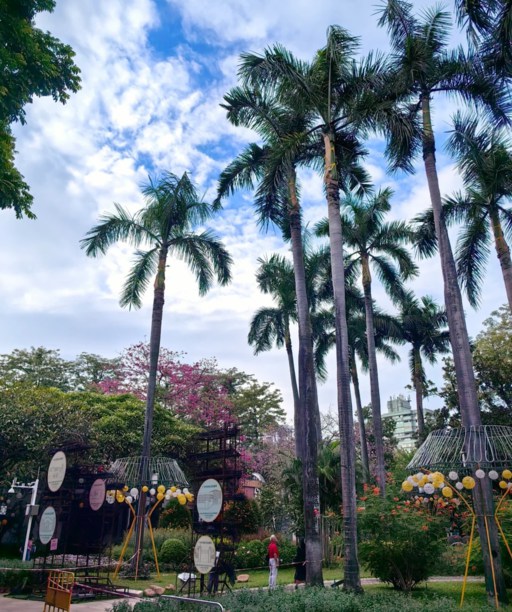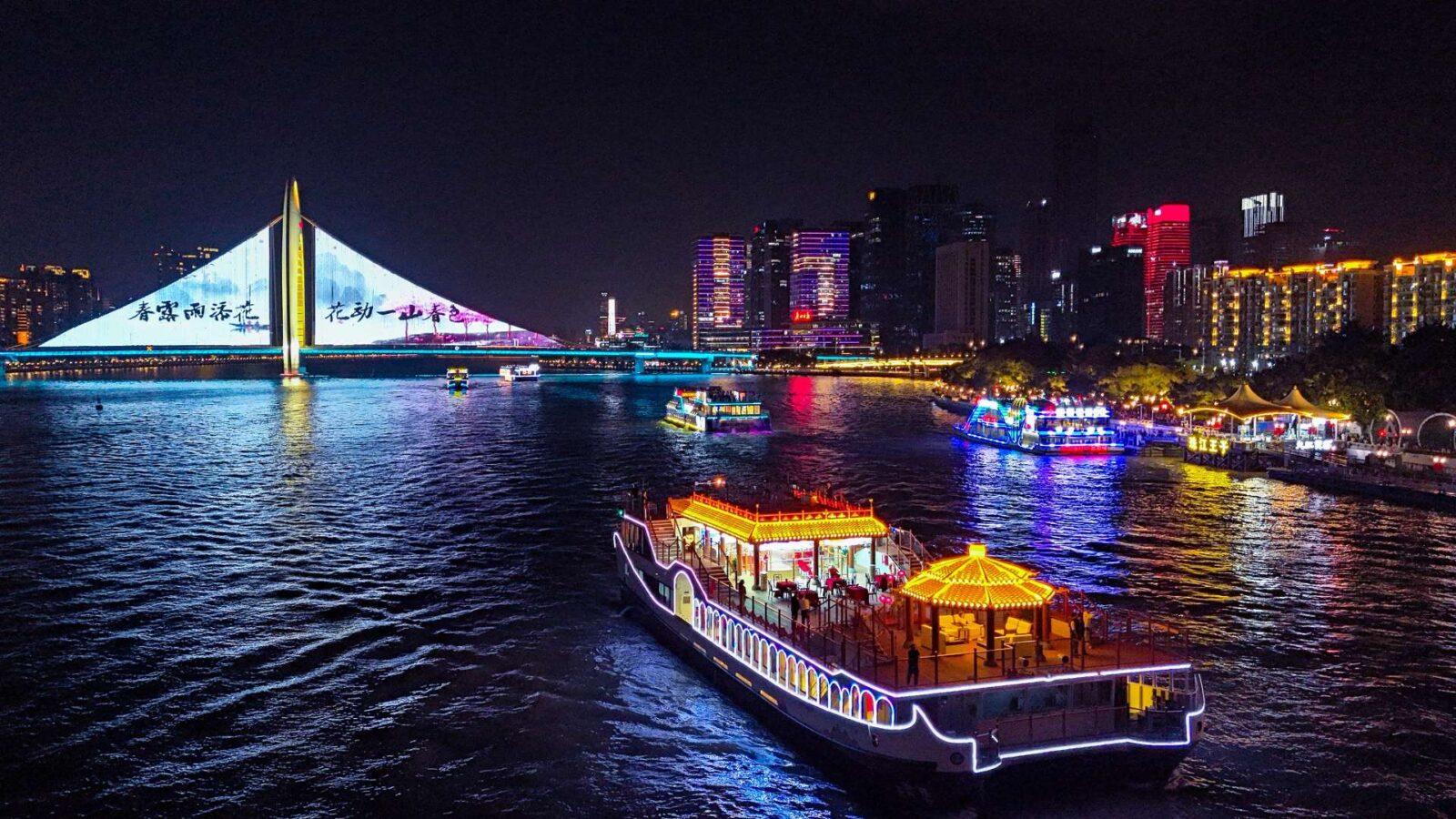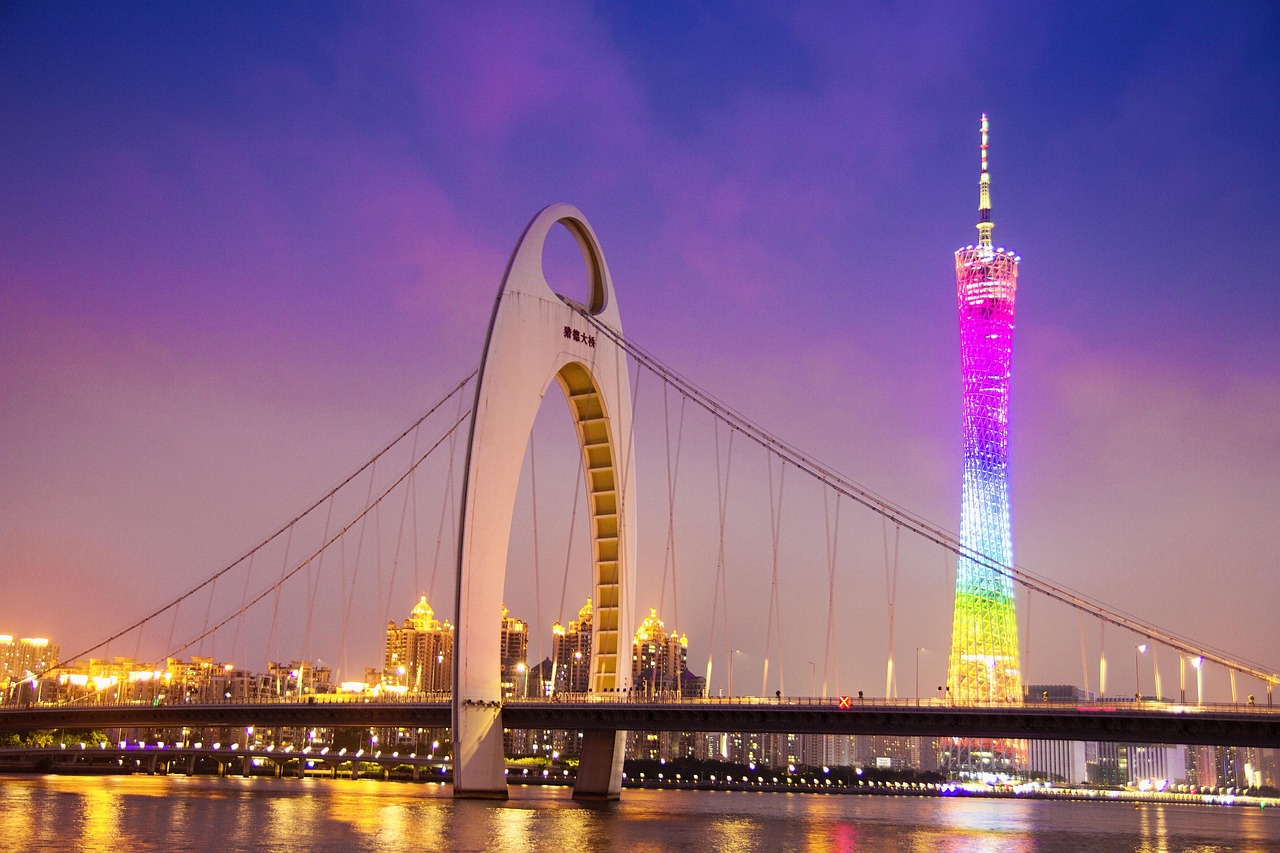
guangzhou
I still recall getting out of Guangzhou South Railway Station on a humid summer evening. The smell of roasted chestnuts mixed with exhaust fumes. Shouts of half-English, half-Mandarin announcements echoed from loudspeakers, and I wondered a little whether I had arrived in the wrong city. I realized in that very first hour that Guangzhou is busy, sometimes disorienting, but always full of life. There is no traditional sightseeing tour of Guangzhou city, as it is all about rhythms as fast as the city itself.
It is Shamian Island one minute, with silent colonial mansions, and the next minute at Shangxiajiu Street, questioning whether durian pancakes are genius or a mistake. In the evening, Canton Tower casts neon lights over the river. You realize maybe two or three days here is never enough. Even minor details, like metro exit signs without pinyin or tickets lost too quickly, can easily disorient you.
This is why it is important to plan a Guangzhou city tour. My personal experience was also full of surprises, since I fell into a nondescript tea house, and paid more than I should to go on a river cruise at the wrong pier. You will require more than a brochure if you would like to have the good bits without the traps. Pass over it, and you will find that you are sorry not to have noted how superimposed are the city.
Why Choose a Guangzhou City Tour for Your First Visit?
The unique blend of tradition and modern skyline
The initial impression I got while visiting the city of Guangzhou was how fast the landscape changes. One moment, you are in the incense-filled hall of Chen Clan Ancestral Hall, its wooden beams older than most European cities. The next minute, you are at Canton Tower, which lights up the sky like a futuristic sculpture. This combination explains why a sightseeing trip in Guangzhou is unlike any other stopover visit, as it connects temples, street markets, and skyscrapers into a single, cohesive narrative.
It’s not always polished. You may come across a man who is old and is singing Cantonese opera in front of a tea shop and a group of office goers passing by with their lattes. Such a collision does not spoil the scene, it makes it memorable to sightsee in Guangzhou. To people who enjoy both extremes, the city is literally an outdoor museum of old and new.
Why travelers often fall in love with Guangzhou’s pace of life
Guangzhou is fast and does not feel cold. Even at rush hour, somebody has always been telling you which dim sum stall they recommend to get the best shrimp dumplings. Local residents will be taking their time to walk along the Pearl River, talking to friends, or playing with children with kites. The slower pace of the beat balances out the city insanity and grounds you.
I believe that is the reason why people say they clicked with the city. You do not check off landmarks, you begin to notice details, such as a Mahjong game being played on the sidewalk or the smell of fresh lychees in the summer. In your time of taking a tour of the city in Guangzhou, you would learn that there is no need to cram and cram the attractions but rather have the city slow itself down and come to you.
How Many Days Do You Need for a Guangzhou City Tour?
A one-day whirlwind city tour itinerary
1 day Guangzhou city tour If you are 24 hour short, then just catch a 1 day Guangzhou city tour. Begin with a morning stroll at Yuexiu Park in front of the Five Rams Statue before passing on to Beijing Road paste ancient road slabs covered by glass. In the afternoon, take the metro to Shamian Island for colonial streets, and cap your day with a Pearl River night cruise. Tickets hover around ¥70–80 if bought on Trip.com, though prices shift depending on season. It’s action packed and a little exhausting but this quick Guangzhou city tour itinerary shows that it can all be done in a day.
Two-day in-depth cultural and food tour
You get 48 hours, you can exhale slightly. Day one tends to hit the “postcard” spots — Canton Tower, Shamian Island and Chen Clan Academy. Day two should be all about taste: sample morning tea at Tao Tao Ju (don’t skip the har gow) and then plunge into Qingping Market for the distinct smells of herbs and dried seafood. In the evening, locals will tell you the best roast goose stalls cower in side alleys near Haizhu. A two-day itinerary is more in keeping with a multi-day Guangzhou city tour that effectively connects food, culture and neighborhoods.
Slow travelers’ guide: 3–4 days exploring hidden gems
In three or four days, the city becomes an alien world. You have time for hikes in the Baiyun Mountains, a half-day at Redtory Art District or even a side trip to visit Foshan’s kung fu temples. This speed means you can stumble across small discoveries — a mahjong corner in Liwan, or street musicians under Haizhu Bridge.
For slow travelers, a multiday Guangzhou city tour is less of a checklist than lounging in someone’s living room. That extra room still allows the city to surprise you, and it’s pretty good at doing just that.
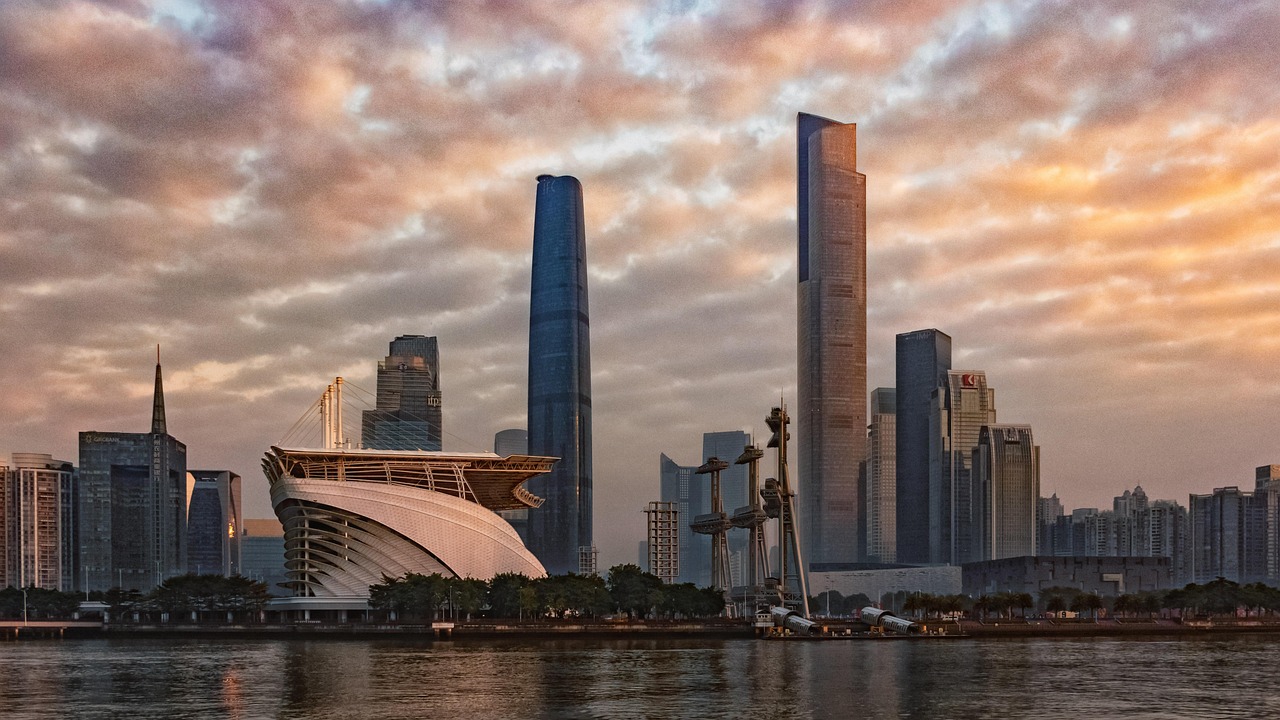
guangzhou cityscape
Best Routes and Suggested Itineraries for a Guangzhou City Tour
Morning walks through old streets and temples
Guangzhou city tours that start slow are ideal in the morning. The alleys around Lianhu Lake still smell faintly of steamed buns; elderly residents stretch by the stone bridge. Guangzhou has been a harbor for foreign communities over the centuries; you can taste the culinary traces of that history at Fei, which has Thai dumplings and Sichuan-style lamb in its wheelhouse.
You can also learn local Cantonese respect for tradition on a walk through Guangzhou with its classical architecture, and stop by the Chen Clan Ancestral Hall to see how carved doors creak when you push them open with your hand and how incense smoke hangs around in the courtyard. This is an excellent way to catch the city before traffic swallows it whole, and you’ll see more direct-rather than rush-for a walk.
Afternoon exploring museums and modern architecture
By midday, heat and crowds will drive you indoors, making this the museum part of a tour of Guangzhou’s city. The Guangdong Museum, with its sleek “jade box” design, appears nearly futuristic up against the somnolent chambers of the nearby Temple of the Six Banyan Trees. If you prefer contrasts, combine those with a metro ride to Zhujiang New Town, where glass towers reflect the sun like mirrors. This playlist demonstrates a basic stroll’s ability to leap centuries in an afternoon.
Evening river cruise and street food adventure
No trip to Guangzhou is complete without a night along the Pearl River. A standard cruise lasts about an hour, tickets generally ¥80–100 if purchased online, and the skyline becomes a transecting plane of moving neon art. Once disembarked, most gravitate toward Beijing Road or Shangxiajiu — already packed with skewers of lamb, fried squid and sugarcane juice stalls that have spilled onto the sidewalks. Some call it a night city tour in Guangzhou, though it’s more like mixing with a giant outdoor dinner party. THE FOOD It’s not fancy, but food could become your most vivid memory.
Must-See Attractions and Hidden Gems in a Guangzhou City Tour
Famous landmarks you cannot skip (Canton Tower, Chen Clan Academy, Yuexiu Park)
The “big three” set the stage for any Guangzhou city tour you can’t miss. The skyline is dominated by the Canton Tower, admission to which costs ±¥150-180 depending on height. Curious to explore its heights and attractions in detail? Check out everything you need to know about visiting Canton Tower here. In order to take the bubble tram, you will need a little extra cash. Chen Clan Academy (京士顿) costs less (around ¥10–15) and the carvings inside are some of the best in southern China. Yuexiu Park is free, but you will need time to walk over to the Five Rams Statue and Sun Yat-sen Monument. These are not simply postcard places, after all; they form the backstory of the city. You can usually visit them all on a metro day-pass (¥20), so scratch expensive tourist cards.
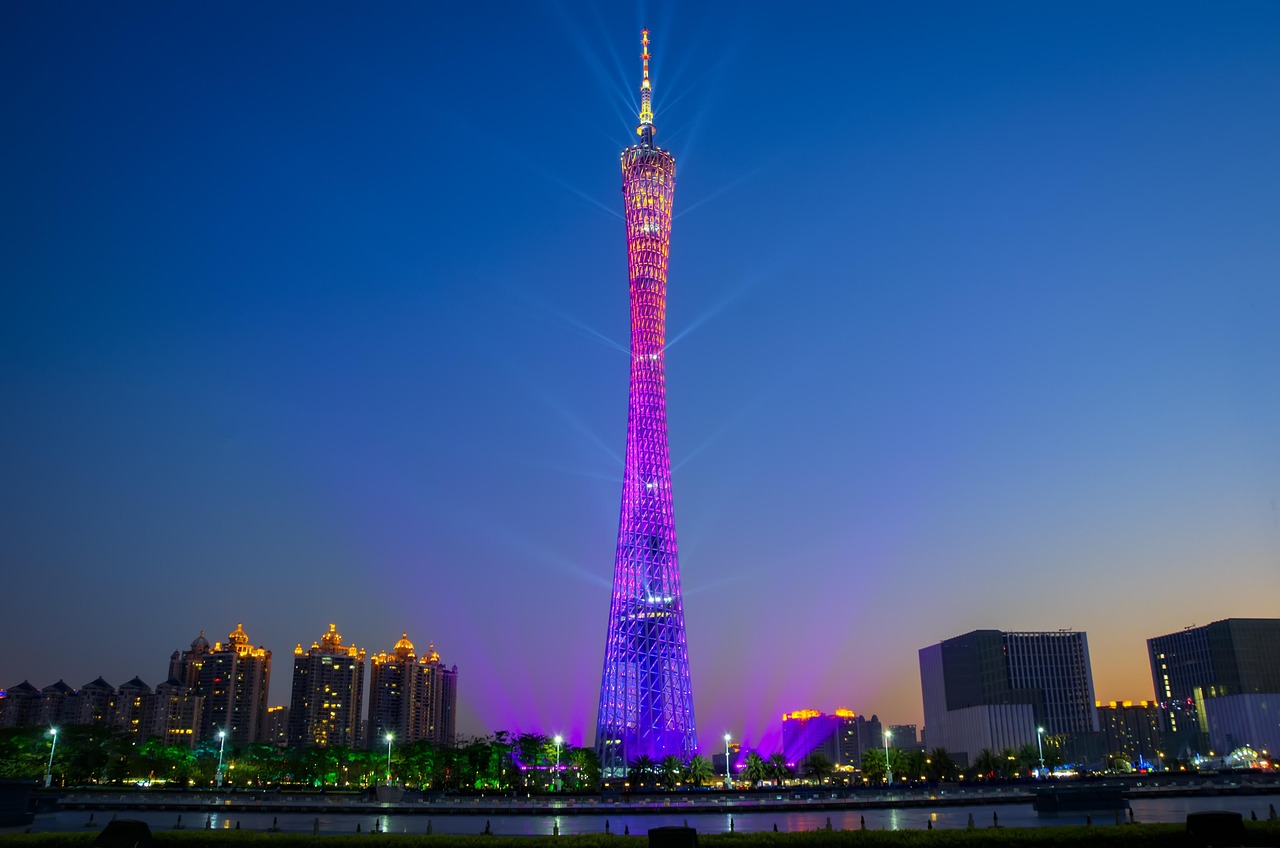
Canton Tower
Local neighborhoods and underrated corners of Guangzhou
If you only stick to guidebooks, you’ll miss half the things there are to see in Guangzhou! Shamian Island is well known, but nearby Enning Road still features barber shops with 1950s signs and opera theaters whose rehearsals spill onto the street. Huadiwan Flower Market is full of color and aroma, especially in early morning, yet it rarely makes a pamphlet. It’s easy to get there — take the Line 1 or Line 5 metro down — but bring some small cash as not all of the stalls accept foreign cards. Discovering these hidden gems Guangzhou is seldom expensive – most places only ask for the price of a few munchies or some tea. Slow walkers, stay away on weekends; the throngs can drain the charm.
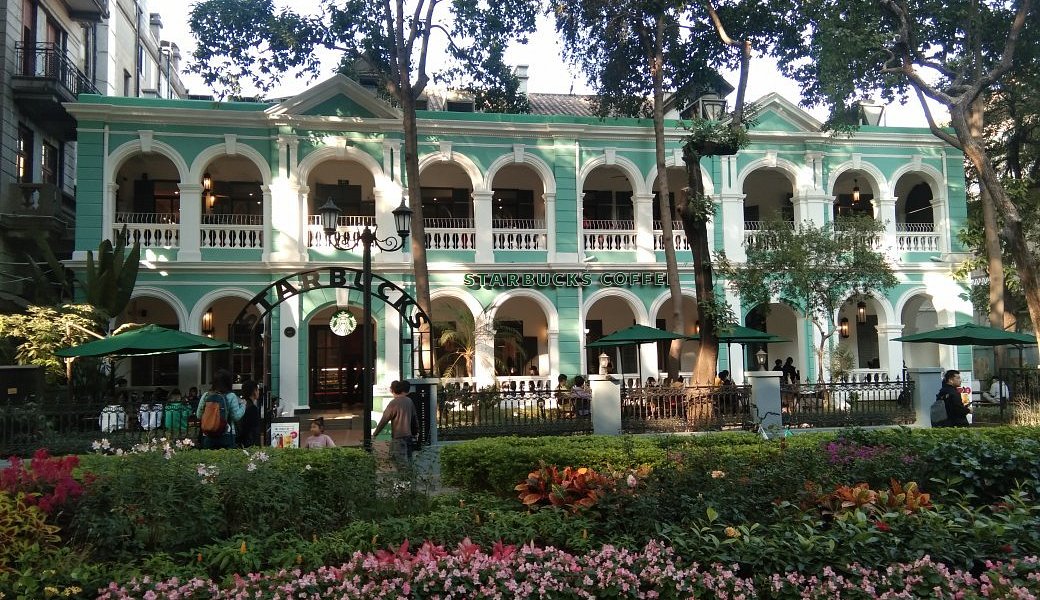
shamian island
What tourists often overlook but locals recommend
Ask any of the local residents who or what is worth it and you’ll be directed to a place that you won’t find on any glossy map. Redtory Art District: Entrance usually ¥20–30 for exhibitions, but the old factory walls covered in murals are free to roam. There are cable cars at Baiyun Mountain (around ¥25 one way), but many garung still swear by the hike. And don’t neglect a night snack — they say the oyster pancakes in Haizhu backstreets are “original,” although hygiene appears suspect. When you add up Guangzhou city tour cost, these lesser known sites typically offer better value than more popular attractions. Pass them up, and you skip the things that locals genuinely boast about.
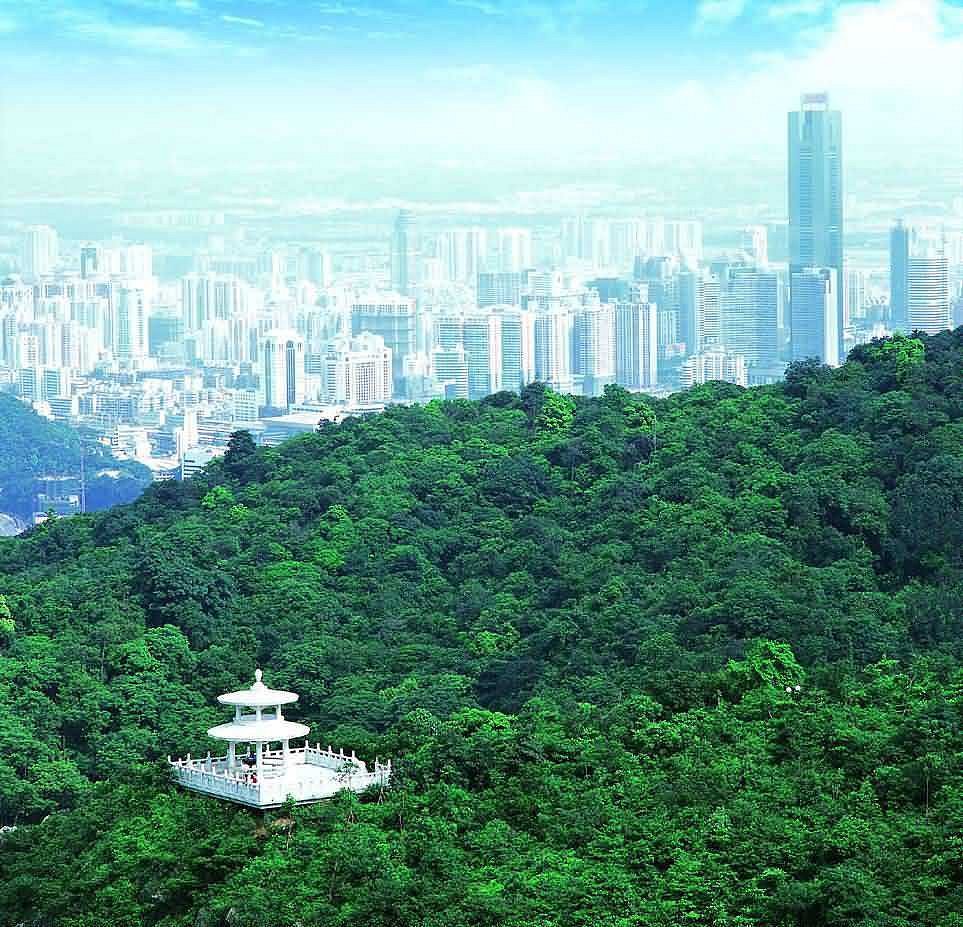
baiyun mountain
Is Guangzhou a Walkable City? Practical Tips for a City Tour
How easy is it to get around by foot and metro
The impression of walking in Guangzhou is going through little worlds. Surprisingly, the old districts such as Liwan and Shamian are a pleasant place to walk, you can go down alleys without fear of vehicles, and most of the places of interest can be reached by a 10 to 15 minute walk. Here, a walking tour of Guangzhou city would be effective in case the mornings are cool. Later on the day, the heat and the crowds render the metro to be essential. Lines 1, 2 and 5 can be said to be the most prominent places to visit and a day metro ticket worth ¥20-25 is sufficient. I used to walk between Chen Clan Academy and Shangxiajiu Street, it was 20 minutes and was more of a refreshing tour than a burden.
Common pitfalls and travel hacks to save time
First-time travelers may fail in getting around the city of Guangzhou. For example, metro exit labels are often only in pinyin. That is why a QR map or WeChat mini-program comes in handy. Some people try to call a taxi near tourist areas. It is slow and expensive because of traffic jams. This is especially true around Canton Tower during sunset. A trick is to pre-book tickets to popular attractions. Also, carry a small umbrella in case of sudden rain. Bring a little cash for small vendors that do not accept cards. These small tricks ensure your Guangzhou city tour is hassle-free. Then, you can focus on sightseeing instead of dealing with frustrations.
Food Stops You Shouldn’t Miss on a Guangzhou City Tour

guangzhou food
Morning dim sum in traditional tea houses
Guangzhou mornings smell of freshly steamed buns. Residents parade in with thermos pitchers at Tao Tao Ju or meals are served off of small tables to the sound of clattering bamboo baskets at Lin Heung. Har gow comes lustrous, the shrimp barely contained, and siu mai steams like small clouds. No Guangzhou city tour of food is complete without at least one of these tea houses. Prices are approximately ¥30-¥50 per person, and if you stay too long, you may suffer from table-guilt.
The charm is in the chaos. Waiters are screaming numbers in rapid fire Cantonese, carts are rolling by and the smell of char siu is mixing with jasmine tea. If you walk through the room, though, you’ll see older patrons nodding at faces they recognize — a subtle rhythm of local life that’s easy to miss.
Night markets and riverside snacks
Evening brings the streets alive with sensory delights. Skewers sizzle over charcoal, sugarcane juice stalls pulse under neon and oyster pancakes flip in seconds. A Guangzhou street food city tour is as culinary an experience as it is atmospheric. Snacks are priced at about ¥10-¥20 each, but the energy comes free.
Get there before 8 p.m. to avoid long lines, and bring small bills — many stands still don’t accept cards. Street musicians provide a soundtrack, and the odd burst of laughter or scooter honk reminds you that you’re alive in the city’s pulse. It’ll also give you a quick understanding of why locals swear by these riverside bites.
Curious to find out which local flavors are a must-try, check out must-try Guangzhou foods here for detailed recommendations.
FAQ About Guangzhou City Tour
Q: Is Guangzhou worth visiting?
Absolutely. It’s along a rim of relatively recent skyscrapers and centuries-old temples that Guangzhou manages its side-by-side act. A tour of Guangzhou city lets you gaze upon the skyline of the Canton Tower and view historic neighborhoods like Liwan. Even short visits are roiling with sensory overload — from street-food scents to bustling markets. Some visitors can also find the pace oppressive, but if you love a big city with endless layers of culture, it deserves time to visit properly.
Q: How many days in Guangzhou are enough?
One to two days give a quick taste, with stops at sites including Chen Clan Academy and Pearl River. A lengthier 2-3 day city tour of Guangzhou can go through the neighbourhoods, visit Baiyun Mountain or night markets. That allows three or four days to explore off-the-beaten-track sights, sample local foods and avoid rushing. Me, I’d advise a minimum of two days for folks who want to mix seeing sights with chillaxing.
Q: Is there anything to see in Guangzhou?
Plenty. Canton Tower, Yuexiu Park and Liwan’s small streets are all featured in a Guangzhou city tour that includes landmarks and local life. Don’t miss traditional tea houses, the Pearl River at night and nearby Foshan’s kung fu temples. Even the most obscure neighborhoods have street art and marketplaces. It doesn’t matter if you prefer architecture or culture or food — the city is remarkably layered, and has something for every kind of traveler.
Q: What is the best time to plan a Guangzhou city tour?
Best time Late autumn and winter, about November to February. It’s cooler, less humid and less crowded than in the summer. It gets sticky in the summer, temperatures over 30°C, with sporadic rain showers. Visiting in the lead up to or during an event such as Chinese New Year or the Canton Fair, your Guangzhou city tour will attract greater numbers of people but you will marvel at cultural pageantry. If you’re visiting outside those cooler months, be sure to pack an umbrella and light layers.
Q: Can you do a Guangzhou city tour on your own or should you book a guide?
Both options work. Independent tourists can navigate metro maps and online guides, free to wander through the alleys of Lishuijing. Guided tours save time, especially for first-timers needing context at museums or historical sites. A city tour of Guangzhou with a local guide also unveils hidden gems you could overlook, such as little tea houses or backstreet markets. For me, it’s a blend: begin guided then experiment solo.
Q: What are the top cultural experiences in a Guangzhou city tour?
Morning dim sum, Cantonese opera and a stroll through Chen Clan Academy are some of its favorites. Pearl River cruises showcase modern architecture, and Foshan martial arts temples offer a window into local history. Cultural observations occur even in street markets and Mahjong games. Adding these to a tour of Guangzhou integrates the tangible landmarks with experiences that offer insight into everyday life alongside historical traditions.
Q: How safe is Guangzhou for solo travelers?
Generally safe. Petty theft is uncommon, and public tasks, such as metro stations, parks and tourist sites are well patrolled. Same old; be careful—watch your bags in crowded markets, steer clear of dark alleys at night. A single traveler on a daylong tour of Guangzhou should be fine, especially with metro and day-pass tickets. Locals are friendly and signs often include English, though you can get by with some basic Cantonese.
Q: Is English widely spoken in Guangzhou for city tours?
Limited but improving. At major hotels, attractions and metro stations, employees generally speak enough English. On the streets, it’s not as common to find English speakers, either, so a guide or app can be useful. Signs are frequently in pinyin, which helps navigating. Solo travel to Guangzhou can be enjoyable, with a little advance preparation, but you may also appreciate guided tours or translation apps that save time and limit confusion.
Q: What’s the best way to book a Guangzhou city tour in advance?
Websites such as Ctrip, Klook and TripAdvisor all list pre-booked tickets and guided tours. Prices range: no-frills city passes might start from ¥200, while full-day guided cover may cost you ¥400-500 depending on what’s covered. Reserving in advance ensures a spot, particularly for Canton Tower or river cruises. For added convenience, book attractions such as Chen'an Temple in advance and benefit from the exchange of a self-guided tour on a Guangzhou city tour to make the most of time.

